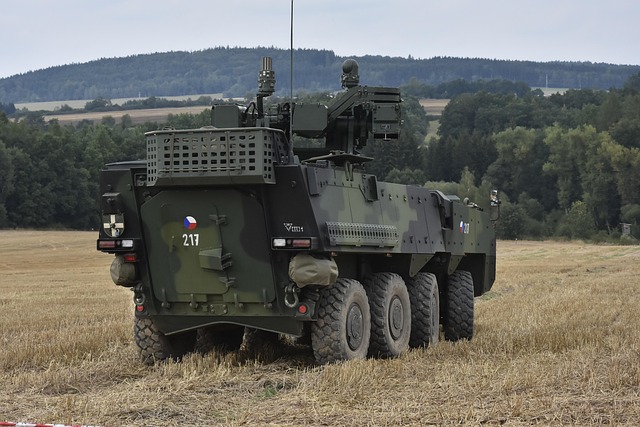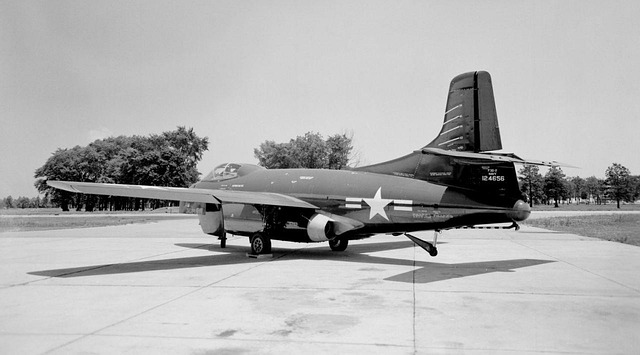The US Army Reserve Ultimate Flags is a powerful symbol of honor, unity, and duty, intricately designed with national colors, emblems, and precise folding protocols (26 folds representing 26 letters) to honor the Reserve's role, discipline, and core values. This ritualistic folding ceremony, performed with focus by veterans or honor guard, evokes awe for service members' sacrifice, duty, and camaraderie, strengthening camaraderie among Reserve members while introducing new recruits to military heritage.
“The folding of the US Army Reserve Ultimate Flags is more than a ceremony; it’s a profound expression of respect, honor, and military tradition. This ritualistic act, performed with meticulous precision during ceremonies, carries deep symbolism and significance for those who serve. Delve into this article to explore the intricate details behind ‘the folding,’ understanding its place as a powerful symbol and an essential aspect of US Army Reserve culture.”
- Understanding the US Army Reserve Flag: Symbolism and Significance
- The Folding Ceremony: A Tradition of Respect and Precision
- Steps Involved in Folding the US Army Reserve Flag
- The Impact and Importance of This Ritual in Military Culture
Understanding the US Army Reserve Flag: Symbolism and Significance

The US Army Reserve Flag is more than just a piece of cloth; it’s a symbol of honor, unity, and duty. This unique flag incorporates the elements of the American national colors with distinct markings that represent the specific role and mission of the US Army Reserve. The red, white, and blue stripes echo the national colors, signifying the flag’s connection to the broader military heritage and values. The distinctive design includes a yellow star field and unique emblems, each carrying profound meaning. The stars symbolize states, while the emblem depicts a cane and sheathed sword, representing resilience and preparedness.
This flag is folded in a ceremonial manner during events like memorial services or troop assemblies, following specific protocols. The intricate folding process involves creasing the flag precisely at designated points to create a triangular shape, ultimately resulting in 13 rectangles. This symbolic act of folding reflects the principles and values that the US Army Reserve upholds—a testament to its commitment, discipline, and honor.
The Folding Ceremony: A Tradition of Respect and Precision

The folding ceremony, a poignant ritual, stands as a testament to the profound respect and precision instilled within military traditions. This solemn moment occurs during ceremonies where the US Army Reserve Flag is presented, honoring its service members past and present. The flag, carefully folded 26 times, represents the 26 letters of the alphabet and each fold carries symbolic meaning, paying tribute to the branches of the military and their respective roles.
This meticulous folding process requires discipline and focus, often performed by veterans or honor guard members. Each precise action conveys a sense of order and respect, reflecting the core values of the US Army Reserve. The ceremony becomes a powerful visual narrative, telling stories of sacrifice, duty, and camaraderie, leaving attendees with a profound sense of awe and appreciation for those who serve.
Steps Involved in Folding the US Army Reserve Flag

The folding of the US Army Reserve Flag is a solemn and precise ritual, requiring careful attention to detail. It begins with the flag being laid flat on a clean surface, its stars and stripes displayed prominently. The first step involves folding the flag in half lengthwise, aligning the edges perfectly to create a narrow rectangle. Then, it is folded again, this time bringing one long side towards the center, creating a smaller shape.
Subsequently, the flag is rolled tightly from one end, ensuring each fold is crisp and even. The final step involves securing the roll with a single pin or tie, maintaining the integrity of the flag’s design. This meticulous process reflects the respect and honor given to the US Army Reserve Flag, symbolizing the service and sacrifice of those it represents.
The Impact and Importance of This Ritual in Military Culture

The folding of the flag, a poignant ritual often featured during ceremonies like those in the US Army Reserve, holds immense significance within military culture. It serves as a profound symbol of respect, honor, and remembrance for the men and women who have served their country. Each careful fold represents a different meaning, from freedom and courage to peace and sacrifice. This ceremony isn’t merely a protocol; it’s a collective expression of gratitude and a way to pay tribute to the values that the military defends.
In the US Army Reserve, the folding of the flag ritual fosters a strong sense of camaraderie and unity among its members. It reinforces the shared commitment to duty, honor, and country, reminding soldiers of the sacrifices made by those who came before them. This tradition also plays a vital role in welcoming new recruits into the fold, instilling in them a deep understanding of military heritage and the importance of service from an early stage.
The folding of the US Army Reserve Flag during ceremonies is a powerful display of respect, tradition, and military culture. By meticulously following each step, participants honor the flag’s symbolism and the values it represents—bravery, sacrifice, and commitment. This ritual not only fosters a sense of camaraderie among soldiers but also serves as a poignant reminder of the sacrifices made by those who serve their country. Understanding and appreciating these ceremonies is essential in recognizing the profound impact they have on military communities.
